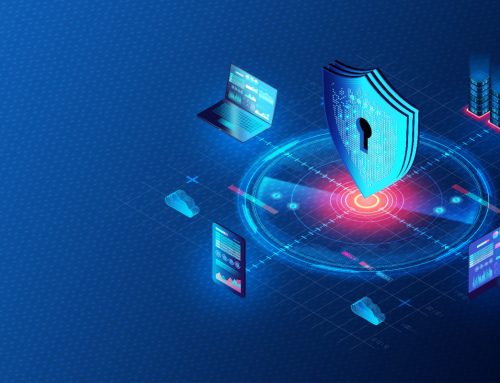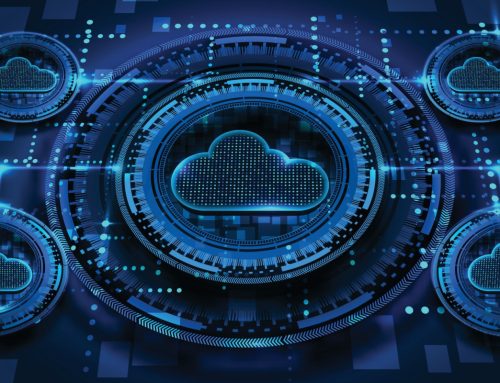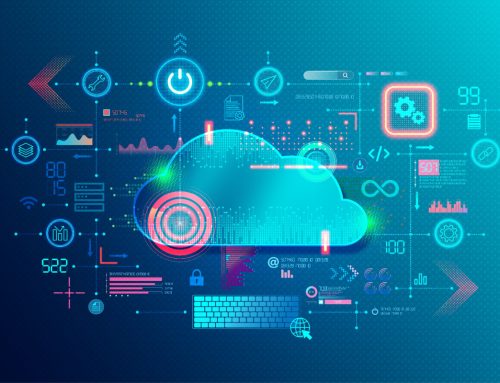As enterprises accelerate their migration to the cloud, security leaders need a strategy to protect data and systems across this distributed environment.
Migrating to the cloud can feel like jumping into the pool’s deep end before you’ve learned to swim. Sure, it offers compelling benefits – increased agility, scalability, and lower costs. But it also brings new security challenges that can leave IT leaders vulnerable.
So, how do you leap into the cloud without drowning in risk?
The key is embracing a defence-in-depth approach. By weaving together people, processes, and technologies across the entire cloud lifecycle – from build to deploy to runtime – you can layer security to protect your most critical assets.
Here are some key areas to focus on:
Manage software vulnerabilities proactively
Scan container images and application code for vulnerabilities before deployment. This allows you to avoid problems faster and cheaper than fixing them in production.
Vulnerability management must be augmented to effectively secure cloud environments, with additional controls across the entire lifecycle.
Scanning sets a baseline but must be paired with architectural controls, least privilege access, hardened configurations, and runtime threat detection.
Control access tightly
Implement least privilege access and tiered administrative roles, require multi-factor authentication for all admin accounts, and log privileged access to detect misuse.
We also recommend having robust offboarding procedures for employees and stale accounts and limiting administrative permissions to only those required and putting in place non-authorised detection protocols.
Automate secure configurations
Misconfigurations are a top cause of cloud security incidents. Use infrastructure-as-code templates that align with standards like CIS Benchmarks, make security seamless from dev to production, and regularly review configurations and access permissions.
Automating secure configurations through infrastructure as code (IaC) brings consistency and efficiency. Rather than manually setting up each environment, IaC allows you to define and implement security best practices as code.
Detect threats in real time
Legacy tools like firewalls need help with the ephemeral nature of cloud infrastructure. Look for a cloud-native endpoint detection and response (EDR) solution that uses behavioural AI to spot malicious activities like ransomware and crypto-jacking.
EDR solutions leverage AI and behavioural analysis to detect these threats in real-time before they can cause harm. For example, SentinelOne Singularity autonomously responds at machine speed to mitigate attacks.
Take an integrated approach
No single tool can secure the cloud – you need in-depth defence across the environment. Ensure endpoint security integrates smoothly with cloud access controls, vulnerability management, and other layers. Prioritise automation, machine learning, and real-time data sharing across tools.
Vendors like SentinelOne offer EDR explicitly designed for cloud and containers. Key capabilities include visibility into ephemeral infrastructure, behavioural threat detection, and autonomous response. But don’t rely on one vendor – use a mix of integrated capabilities to protect critical cloud data and applications.





